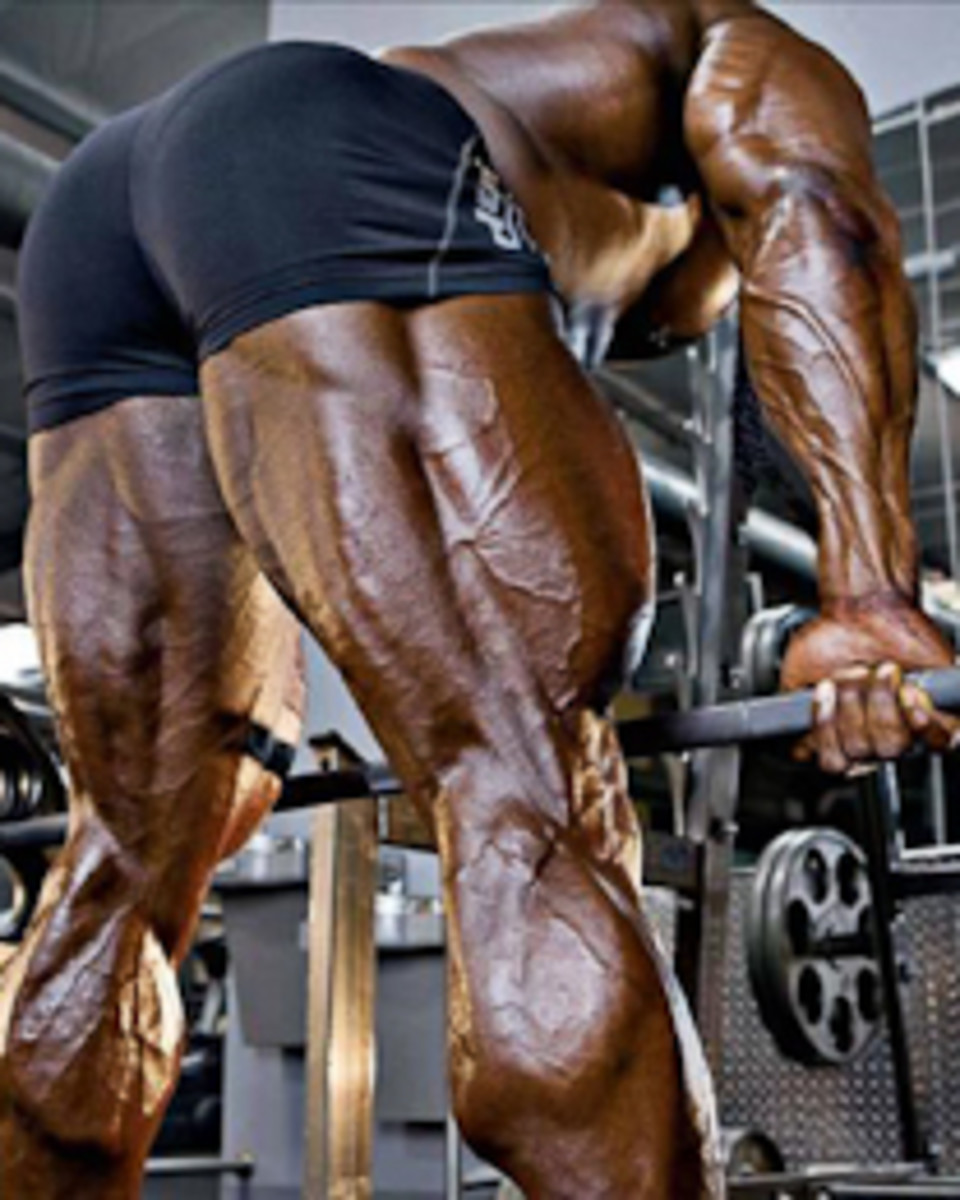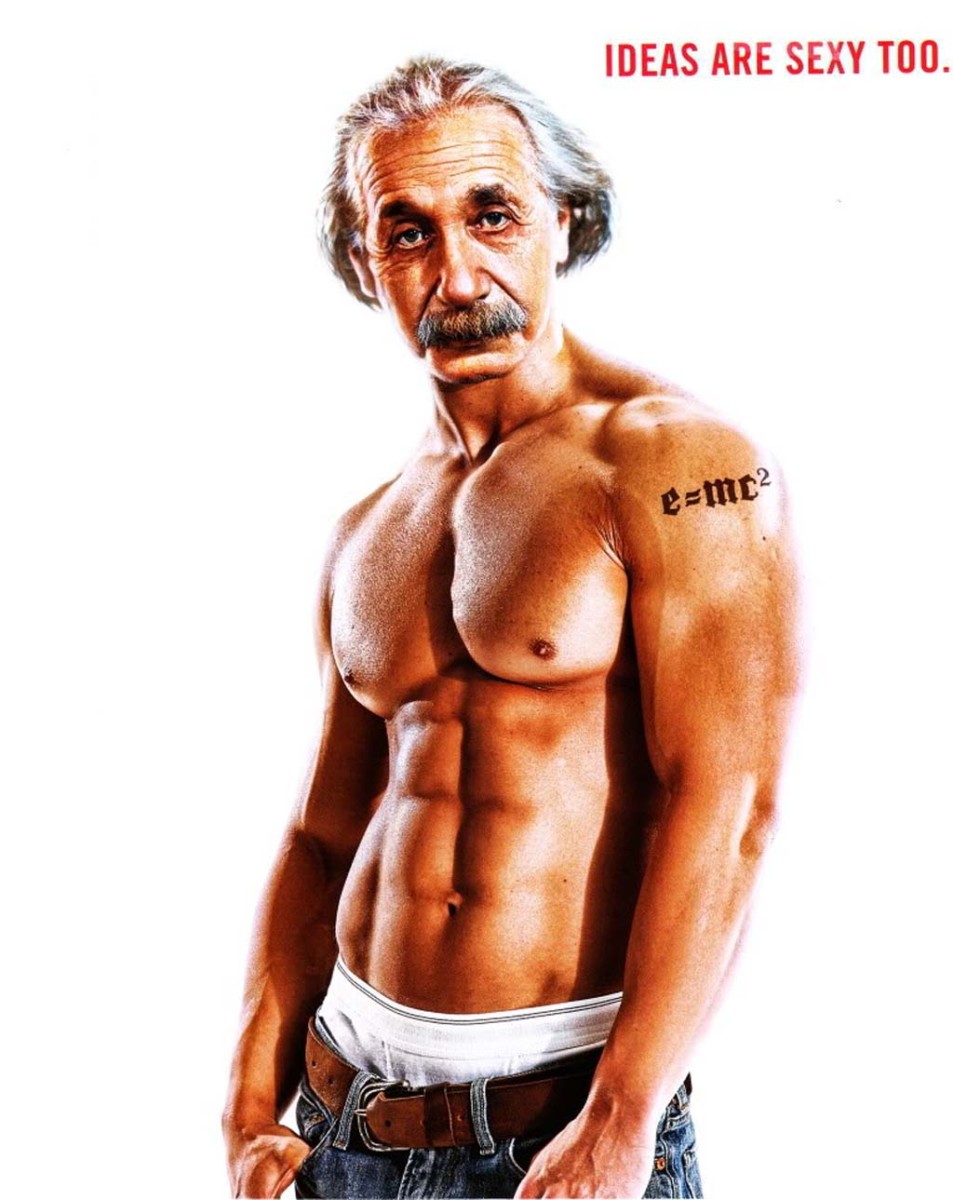Loose Joints... or?

Hypermobility... or Increased Muscle Tone?
I not only sit cross-legged and yogi-style; I often sleep that way. The carelessly contorted and seemingly loose jointed postures have frequently caught people's attention and triggered their amusement. "You must have been so good at gymnastics at school," a housemate commented years back.
I laughed "In all my years of PE, I could never touch my toes -- I couldn't even come close."
"How can that be?" my housemate marveled.
How could it? As a small child, I might have passed tests for hypermobility in some parts of my body, though surely not all. At this point in life, I fail every one of them... while appearing to friends to be one of the most flexible people they've met. More curiously, I was always below par in phys ed, struggling not only with coordination, but with some tasks that would seem to require flexibility. At one point, I had been in adaptive PE. Gymnastics was among the areas where I had stood out as significantly below peers: unable to support my weight on my hands, to bend backwards, or bend very far forwards when my knees were straight. Splits were very much out of the questions -- though contortions were easy enough. The picture didn't seem to fit together in a coherent whole... yet somehow it must. Recently, I pondered the matter, and did some research.
Loose joints, I learned, can have a variety of causes, among them, weak or inadequate connective tissue. Joint flexibility and muscular flexibility, though often related, are actually two separate things. Having flexible joints doesn't always mean having flexible muscles. It's also possible to have different muscle tone issues in different areas of the body. For some reason, I seem to be very flexible when my knees are bent and very inflexible when they're straight. Hence, I'm the contortionist who can't touch her toes. I sit with my legs extended and reach forward... I don't get far before there's pain! I cross my legs -- and now I can bend forward and touch my head to the floor.
So what else have I learned from my readings? The phrase "muscle tone" is used not just for muscles themselves, but for the signals the brain uses to tell them to flex or straighten. As I understand it, it's possible to have weak tissue at the joints, but still have increased muscle tone -- in other words, a tendency to flex those weak muscles as opposed to stretch them. It's very common to have a combination of loose-jointedness and weakness, less common, but not unheard of to also have some hypertonia or dystonia. Yes, many people have flexible joints and muscles, but some have a mixture of increased tone and joint flexibility.
I know my connective tissue is a bit weak in places, from other medical problems. But to what extent do the yogi-style postures indicate flexible joints -- and to what extent do they reflect a compulsion to flex the muscles as opposed to straighten them? It can be hard to say. I don't understand all the complexities, not being a health professional. What I know is that there are complexities.
The focus of this page is loose-jointedness -- not the severe hypermobility known as Ehler-Danlos Syndrome, but the garden variety of 'loose jointedness' more common among the young -- and how it may be associated with various problems from abnormal muscle tone to scoliosis. As someone who required adaptive PE growing up, yet displayed a level of mobility that made people sometimes perceive me as a dancer or gymnast, I question whether flexibility is all it appears to be...

Loose Joints in Children
Children are more likely to be hypermobile than adults. In many, the condition is benign, and will ultimately be outgrown. Some children, however, do experience problems, including skeletal problems or exercise-related pain. Skills for Action notes "Muscle weakness along with joint hypermobility contributes to poor posture in sitting and standing. The child may stand with a hollow back, rounded shoulders and the knees bent backwards and pointing towards each other."
In this picture, I can be seen a few months shy of five, displaying something of that posture. At a glance, the arm positioning looks like the clowning of a small child. One reason for hooking my fingers like that, though, was to support my arms and give them a rest. I remember that it was hard to hold my head up all morning at kindergarten, and that I was corrected for maintaining my mouth in an open position. At one point, I told my mother and the doctor that I had had a head ache solid since the previous summer (a statement that was ultimately dismissed as small-child theatrics). What I had been trying to explain was not that I had severe pain, but that it was uncomfortable to hold my head up -- Difficulty keeping the head up for extended time periods, along with open/ dropped mouth, is common in loose-jointed, low muscle tone children.
The slight bend to the knees I did ultimately outgrow, but I was diagnosed with skeletal problems later in childhood: first scoliosis, then lordosis. While I feel confident weak muscles and loose joints were contributing factors, they may not have been the only ones, as one leg was enough longer than the other that I was given a lift to wear inside my shoe. (When multiple symptoms occur together, it can be hard to tell if one is causing another or if they simply have a common cause.)
I'll note that hypermobility is generally an isolated feature in a generally healthy child, but that it occurs more frequently with disorders that affect connective tissue (collagen or elastin).
The leg discrepancy wasn't diagnosed 'til twelve


Spine Development Problems
A Frequent Occurrence
This was my spine at its worst, in junior high. The curvature wasn't quite as bad as it looked. I wore a lift in my shoe to correct for the difference in leg length, and had chiropractic work, and special exercises. I was relieved when the doctor said the curve was because my legs were different lengths -- that was a confirmation that the posture wasn't my fault. Looking at old pictures -- remembering how hard it was to keep my head off the desk those early years of school -- I don't think the lordosis resulted solely from the leg length discrepancy. But it still doesn't mean it was my fault. Low muscle tone and loose joints often go together, and some children genuinely have a hard time holding their head up.
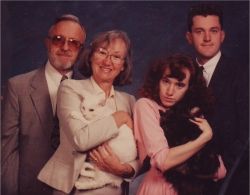
Mixed Muscle Tone Issues
I came across a forum the other day where a mother used the word "hypermobile" to describe a child that had bent posture because of difficulty in extending her limbs. Someone corrected her noting that the child in question was apparently hypertonic -- a very different issue. There is a tendency to use the term hypermobile for bent postures, even though inward bending may represent not extended but limited ranges of motion. Dystonia is another source of bent unusual postures.
Some of my muscles contract (instead of relaxing) when I relax. When I'm tired, my joints bend inward -- my arm bends upward, my wrists inward. It's possible to be loose jointed or have low muscle in parts of one's body, but have tight muscle tone in others. Some people have a posture that's difficult to characterize. As I sift through pictures, I am honestly not certain what word best describes some postures. In this picture, I am 21. I've long been conscious of how my arm posture is in some ways similar to my mother's and in some ways markedly different. The taut muscles, the inward turn to the wrist... something different than loose-jointedness.
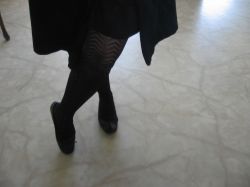
Standing in 5th Position
Unusual Poses... for Postural Stability
Unusual poses can be a way of trying to achieve postural stability. My body language has sometimes been perceived as odd, and sometimes as athletic or ballerina-like. Occasionally, I find myself standing at the bus stop in... well, not exactly "fifth position" but something reminiscent: feet pressed together but pointing in opposite directions, heel to toe, knees also pressed together. It's not a "ballet dancer thing" -- it is for me, a more stable standing posture.
A Stable Sitting Posture For a Loose-Jointed Tot
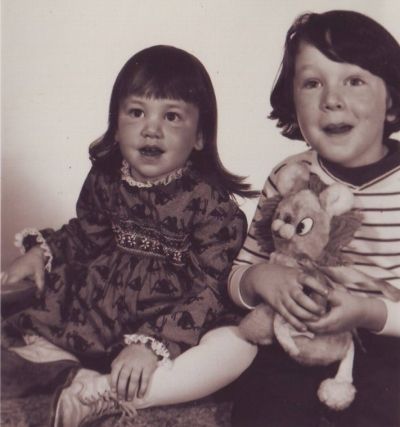
Tests for Hypermobility - Two different diagnostics
The Beighton score gives a point for hypermobility in four different areas, on each side of the body, plus overall body hyopermobility (making a total of 9 points). Mobility is assessed in the arm, leg, thumb and little finger, while the ability to not only touch one's toe, but place the whole hand flat on the ground is considered a gauge of general body hypermobility. Obviously, I fail that last test -- and have all my life -- but I think very tight hamstrings are masking the looseness of the joints.
The Brighton criteria takes into account the Beighton score as well as symptoms such as dislocations, which can be caused by hypermobility, and other indicators of unusually soft tissue such as hernias and easy scarring. Four minor or soft signs merits a diagnosis of hypemobile.
- Beighton and Brighton scores
Diagrams make the Beighton tests more comprehensible.
Comfortable Arm Posture
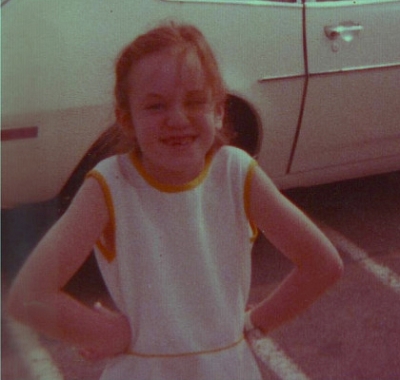
Additional Resources
- Is Your Flexibility a Liability?
Tips from Gaiam Life. - Hypermobility and Arthritis
People with loose joints apparently have a greater risk of developing osteoarthritis.

